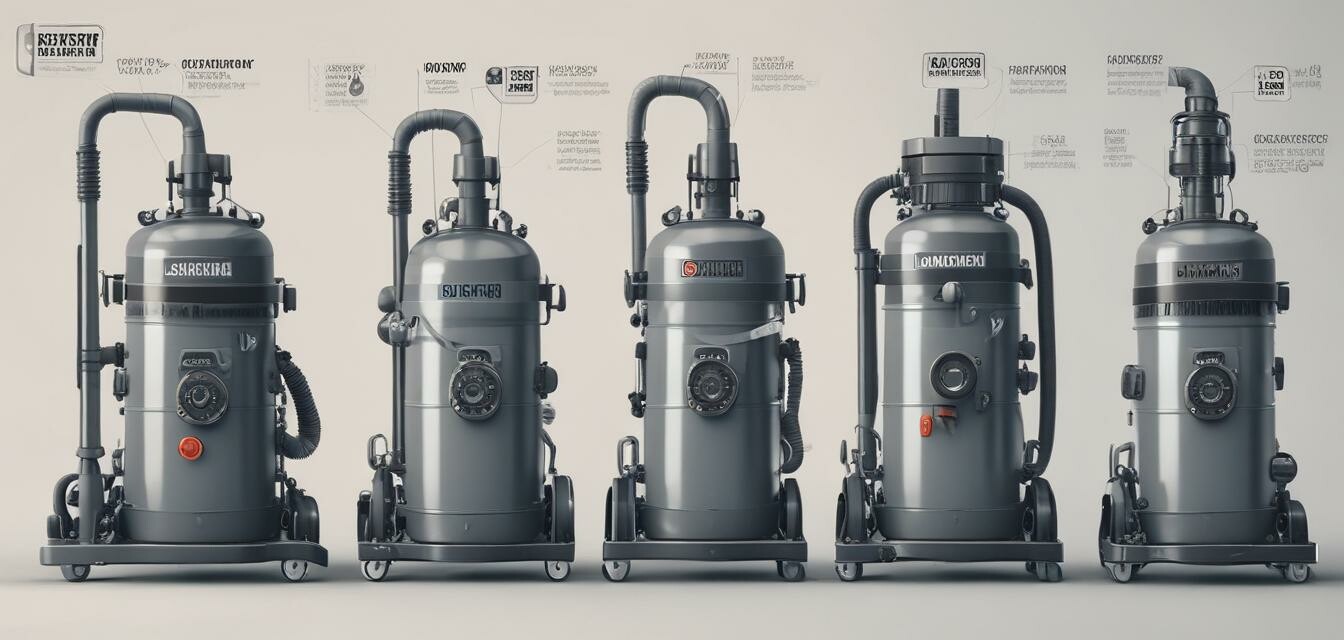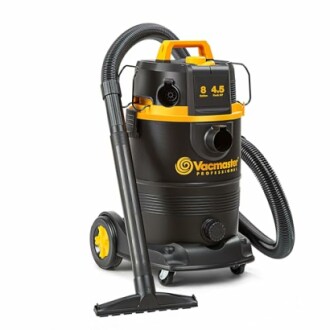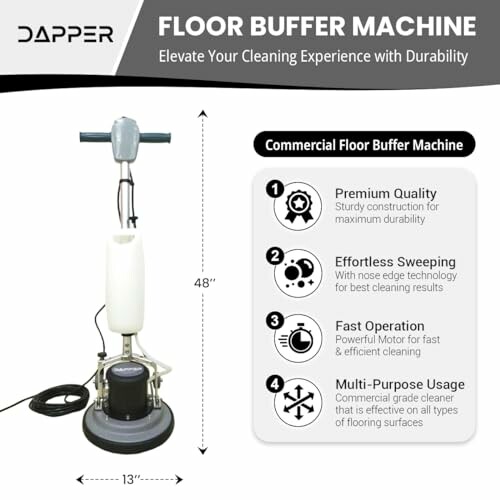
This article was generated using AI and is based on real customer reviews from the Amazon platform. It contains affiliate links, meaning we may earn a commission—at no extra cost to you. As Amazon Associates, we earn from qualifying purchases.
Common mistakes to avoid when using an industrial vacuum
- Understand your vacuum’s specifications and purpose.
- Regularly maintain and clean your equipment.
- Utilize the correct attachments for different tasks.
- Follow proper disposal methods for collected debris.
- Avoid overloading and blockages to enhance performance.
Using an industrial vacuum effectively requires understanding its functionality and proper usage techniques. Mistakes can lead to decreased efficiency, potential damage to the machine, and ultimately poor cleaning results. This article will guide you through common errors to avoid when operating an industrial vacuum.
1. Ignoring the Manufacturer’s Instructions
Every industrial vacuum comes with a manual that details its features and maintenance requirements. Ignoring these instructions can lead to improper use, shortcuts, and ultimately, equipment failure.
Key Points:
- Read the manual carefully.
- Follow the guidelines for assembly and use.
- Adhere to maintenance schedules and recommendations.
2. Using the Wrong Attachments
Many users make the mistake of using incorrect attachments that are not suitable for their cleaning tasks. Each attachment is designed for specific surfaces and types of debris.
Recommended Attachments for Different Tasks:
| Surface Type | Recommended Attachment |
|---|---|
| Hard Flooring | Floor Brush/Squeegee Nozzle |
| Carpets | Carpet Tool |
| Tight Spaces | Crevice Tool |
| Dust and Fine Particles | Dust Brush |
3. Not Checking Filters and Bags
When filters and bags are not checked regularly, they can become clogged or full. This leads to inadequate suction and can damage the vacuum motor over time.
Tips for Maintenance:
- Inspect and clean filters regularly.
- Replace collection bags or bins as needed.
- Use the right filter type for your vacuum to ensure optimal performance.
4. Overloading the Vacuum
An industrial vacuum should never be overloaded with debris. Exceeding its capacity can lead to performance issues and may cause permanent damage.
Signs of Overloading:
- Loss of suction power
- Overheating of the vacuum
- Strange noises during operation
5. Neglecting Regular Maintenance
Maintenance is crucial to ensure the longevity and effectiveness of your vacuum. Neglecting regular servicing can lead to decreased performance and costly repairs.
Maintenance Checklist:
| Task | Frequency |
|---|---|
| Empty Collection Bags | As needed |
| Check Filters | Every 3 months |
| Inspect all Attachments | Monthly |
| Professional Servicing | Annually |
6. Forgetting to Use the Blower Function
Many industrial vacuums come with a blower function. Not utilizing this feature can limit you when it comes to your cleaning capabilities, especially for outdoor spaces.
7. Improper Disposal of Collected Debris
It’s essential to dispose of the debris collected using the vacuum properly. Some materials may require special handling, and improper disposal can lead to environmental issues.
Proper Disposal Methods:
- Check local regulations for hazardous waste.
- Separate materials that can be recycled.
- Utilize disposal bags for contaminants.
Recommended Industrial Vacuums
Vacmaster Professional VDK811PW 8 Gallon Wet/Dry Vac
This powerful wet/dry vacuum features a self-cleaning filter system, ensuring optimal performance for all heavy-duty tasks.
Learn More13" Heavy-duty Multi-Functional Floor Buffer
Clean, buff, scrub, and polish with ease, making it ideal for carpets and hard surfaces alike.
Learn MoreConclusion
Avoiding these common mistakes can significantly enhance the functionality and lifespan of your industrial vacuum. Regular maintenance, correct usage, and understanding your unit’s capabilities will yield optimal cleaning results. For more information on maintaining your cleaning gear, explore our Tips and Tricks category.
Pros
- Increased efficiency with proper operation.
- Extended lifespan of cleaning equipment.
- Enhanced cleaning results across various environments.
Cons
- Time investment in learning proper use.
- Initial costs may be high for robust models.
- Regular maintenance required for optimal performance.

